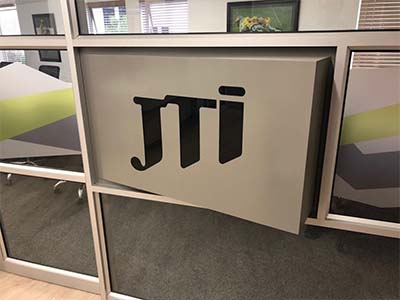There are numerous plastic manufacturing processes to select from, and there are broad ranges regarding freedom of form, setup costs, fees per component part, finish time, plus the scale of manufacturing the method facilitates. Common methods include CNC (computer numerical control) machining and vacuum formation, each of which appeal to distinct design and production needs. CNC, for example, has a medium degree of freedom when it comes to the shape, a finish time of less than a day, a medium startup cost, steeply-priced individual parts, and accommodates massive scale development. Vacuum formation, however, features a very restricted freedom of shape, best suited for developing simple forms, and can feature a finish period of up to a month. In addition, since there’s a wide scope of CNC machines, ranging from basic desktop technology, to far more highly developed pieces of equipment, the setup costs vary from low to high, and the price per part and the completion time are significantly diverse, and dependent upon the sophistication of the machine.
CNC Machining
CNC machining is a computer controlled subtractive procedure, which removes material from plastic as a way to produce the chosen form. The computer is high-tech, with the capability to convert a design into numbers using a computer aided design computer software system. The figures are then competent to operate the equipment to cut the necessary shape. To operate, the machines require an intermediate stage in the creation and validation of tool paths. Once the machine is provided with the tool paths, the subtractive process is launched. When the assemblage is complete, the component part is cleansed, smoothed, and cut.
For lower quantity plastic component part requests that call for tight tolerances and forms that are challenging to shape, machining is suitable. CNC machining has the benefit of minimal to medium initial costs, and can also give premium quality plastic parts with limited completion times. Even so, with increased product sophistication, the cost per element boosts. Additionally, the process needs tool access allowances, and particular designs, for instance those with rounded internal channels, are near-impossible to make using CNC manufacturing.
Vacuum Formation
Vacuum formation is a procedure through which plastic material is heated up and moulded, commonly working with a mould. The size and sophistication of vacuum-forming machines range between inexpensive desktop equipment to innovative production machinery. {There are various acrylic cover manufacturer online resources in great Britain, if you’re searching to acquire more information or possibly values this excellent website is an excellent place to begin manufacturers of acrylic frames. You’ll find so many perspex manufacturer web-sites in great Britain, if you’re looking to acquire more information and / or prices this site is a popular starting place www.displaydevelopments.co.uk/bespoke-manufacturing/perspex-fabrication-ib-156.html For anyone looking for more info in relation to wholesale plastic fabrications this specific site custom plastic forming provides many more pages with regard to molded plastic prototypes.
It is usually suitable for any project, from tailor-made designs to large-scale manufacturing, taking into consideration the large choice of equipment available and that also automatisation is undoubtedly an option when necessary. On the other hand, there’s minimal versatility in the types of design it can develop, and is also unfortunately only able to build components with simple geometries. Compared to other methods, tooling prices are low, given that vacuum formation merely requires minimal forces and pressures. Ordinarily, for small manufacturing sizes the moulds are created from Three-dimensional printed resin, or possibly plaster, and for higher development sizes more durable equipment composed of metal is used.
The manufacturing method starts off with a sheet of plastic being clamped and heated up until the plastic becomes mouldable. The plastic will then be put into the mould and cooled, and frequently fans as well as other chilling strategies are implemented in order to speed up the chilling process. The last stage entails any excess plastic being taken off.
